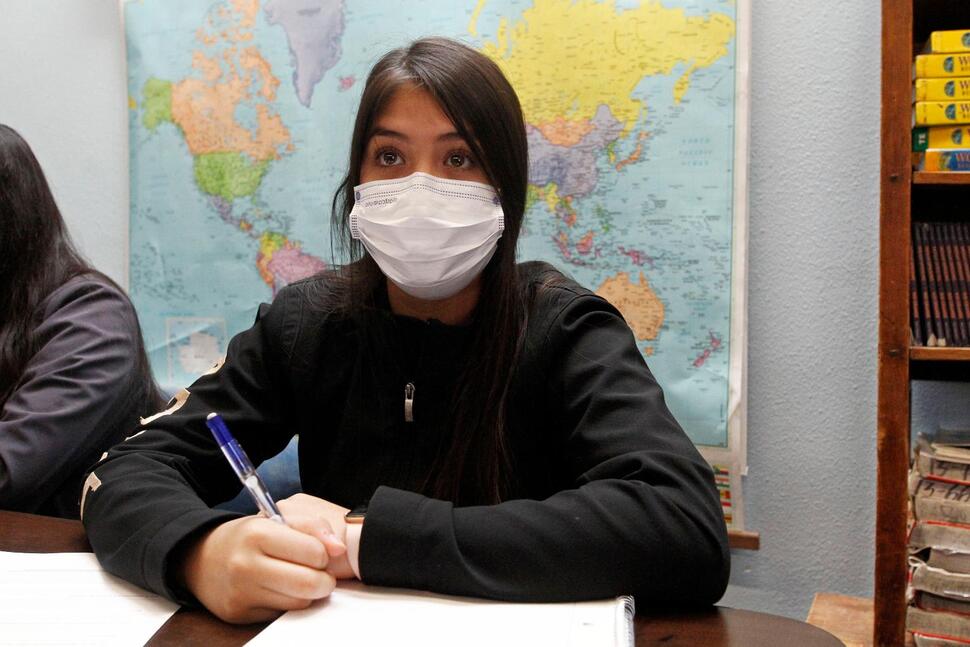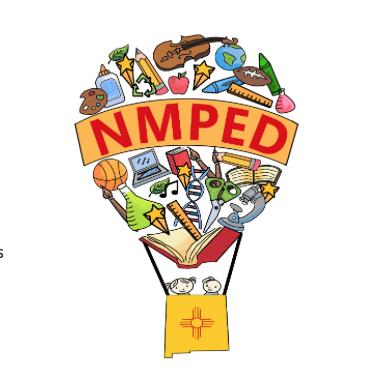
image via Newsweek
New Mexico completely revamped its state social studies standards in an effort to promote better inclusion and to bring topics like racism to the forefront for its students. Predictably, there was blowback from this decision. That’s nothing new, but I thought it might be interesting to walk through the major objections. They are:
- Some Hispanic citizens don’t want to be identified as either oppressors or victims in the new program of study. New Mexico, with its high proportion of Hispanic and Native American citizens, has elected to pay more attention to the Spanish conquistadores and Native Americans (for the record, the Spanish colonizers enslaved a lot of indigenous peoples across the U.S., Central, and South America).
- Some believe only parents should teach their children sensitive topics like race; this instruction doesn’t belong in pubic schools.
- The focus on social studies standards is misguided and a waste of time and attention that would be better spent on reading, writing, and math. This is the primary argument from one of the Republican candidates for governor, based on the fact that New Mexico’s academic achievement is among the lowest in the U.S.
- Some parents object to the new standards because they believe they will focus discussions of adversity and privilege on specific races or ethnicities; i.e. privilege will be assigned exclusively to Whites and adversity and struggle to people of color.
- Some fear that introducing race too early robs their children of their inherent innocence, their one shot at just being kids without all the racial ugliness entering their consciousness.
 Let’s take these objections one by one:
Let’s take these objections one by one:
- Some of this objection is related to New Mexico’s unique history as a Spanish settlement. The Spanish were at one time the oppressors of the indigenous people of the area, and then became the victims of oppression when White settlers moved in. Being characterized as victim or oppressor is a valid concern. BUT none of this is really what the state is trying to bring to the fore. New Mexico’s Hispanic population is unique in that it has been on both sides of that equation; that makes New Mexico’s history a rich area of study. Much depends on how the curriculum is handled in the classroom. Care in how the standards are locally refined and prioritized and lots of sensitivity in the classroom should go a long way toward allaying fears. It’s worth remembering that both the oppressors and the victims lived hundreds of years ago; no one should be categorizing people today as one or the other. This is history that should be studied in the same way we study the slave trade or the Holocaust or the Chinese Exclusion Act — as something bad that happened that may still have repercussions today, and that we don’t want to happen again. At the same time, we need to clearly acknowledge those modern repercussions.
- In many ways, the argument that only parents should teach their children sensitive topics like race reminds me of the huge backlash over sex education back in the 1970s and 80s where one of the principle arguments was that sex ed belonged at home. I lived through that as a student rather than an educator and clearly remember a large family in my community who protested vehemently against sex education in the early 80s using this exact argument. In the midst of this years-long debate, all 5 of their daughters got pregnant while still in high school; the youngest was 14 when her baby was born. Apart from being a fantastic example of irony, this highlights an important concern. If districts don’t undertake this instruction, there’s no guarantee that instruction will take place or that the instruction that does occur will be either correct or sufficient. How the standards are constructed and how districts present instruction are important here.
- Dumping social studies in favor of reading, writing, and math is a false economy. Social studies is an important vector for content-specific vocabulary development, and vocabulary is a huge predictor of educational success. Kids with bigger vocabularies do better in school and on normed tests. Take away a vector for vocabulary and you immediately reduce a child’s ability to have success in school. This is especially true for low-income kids who don’t have the cultural capital to fill in what public schools leave out. And remember our earlier posts on the state of civics education in the U.S.? Social studies is not a throwaway content area; it has critical applications across other content areas and in our ability to function as responsible U.S. citizens.
- In light of number 1 above, this objection is technically correct: no one group has a monopoly on struggle or adversity. However, demonstrating that a group had or has privilege doesn’t mean there’s an absence of hard work or adversity; it simply means that for some groups race has never been an obstacle they had to overcome. It also doesn’t mean we should refuse to look at ways groups have exploited or injured other groups; the only way to stop exploitation and injury is to identify it and take steps to ensure it doesn’t happen again. I realize there’s some discomfort in this and some feel like they’re being called out for things they did not and would never do. It’s important that the instruction not attach historical occurrences to individuals in the classroom or community but equally important that we recognize discomfort (or sadness, or anger, or even despair) as a precursor to empathy, which is a highly desirable outcome. Being able to see things from someone else’s perspective, to feel their pain and frustration and fear and validate it — that’s one of the goals of this type of instruction. But good instruction doesn’t stop there, wallowing in bad feelings; it moves past those feelings to empower kids to right the wrongs they see in their schools and communities, even the very youngest students. Even preschoolers have ideas on how to make things better. Empathy is the springboard to a higher purpose: positive change.
- Any teaching about race should be handled with tremendous sensitivity, but the supposed innocence of young children with regard to race and racial differences is myth. Children begin noticing racial differences at 6 months of age and by age 3 or 4 have begun enacting preferences for whiteness. Even children of color enact these preferences and (disturbingly) they will sometimes act to affirm their own supposed inferiority. This idea of color blindness is pervasive in some circles, and regarded as the most ‘polite’ way of dealing with race. It is, however, completely misdirected and has some truly negative impacts on kids and schools. One of the biggest effects is that it drives discrimination underground where it’s harder to identify and deal with. This starts happening earlier than you might think; by grade 3, kids are already adept at keeping negative stereotypes and beliefs about other races to themselves. There simply is no period in a child’s development when they are not formulating and internalizing ideas about race.
In our work with districts, particularly with equity audits, we survey a lot of students and conduct a lot of student focus groups. Students know this stuff is happening — George Floyd, violence toward trans people, the Charleston church shooting, the hostage situation in the Texas synagogue, the racially motivated mass shooting at the Buffalo grocery store — and they are highly resistant to programs of study that seek to deny what they’ve seen themselves on the news and in their own schools. Here are some comments from a recent focus group with some middle and high schoolers:
- “Equity and inclusion should look like having more representation in our curriculum, having more open, unstigmatized conversations about world events that have to do with discrimination.”
- “It feels like teachers think equity and discrimination are too heavy for us but it’s what’s happening in the world. It’s better to get information from people we trust.”
- “We talked about the civil rights movement and MLK and then nothing, you know? Racism was solved.”
Make sure you inject that last one with all the teenage sarcasm you can muster. Pretending discrimination is not happening… or that it never happened…or that it happened but it wasn’t that bad… or that it happened but everything’s fine now… is a sure way of causing some kids to immediately check out, rejecting the curriculum and potentially the teacher as at best inaccurate or at worst, untrustworthy. If we want to keep them engaged we have to present the unvarnished truth. While this is difficult and sometimes ugly, it’s far more real and interesting than a sanitized version where everything is unicorns and posies and demands nothing from them but passive memorization. New Mexico is facing this challenge head on. I am interested to see what they come up with when the standards are released later this year.
This is not the first time New Mexico has been at the forefront in education. Read about Nina Otero Warren who broke barriers for women in education and, in stark contrast to the BIA schools at the time, advocated for preserving indigenous cultures in education and for bilingual instruction.
If you’re wondering how to approach tricky topics in the classroom, Facing History and Ourselves is a great resource. While it’s primarily for social studies teachers, it can also help teachers from other content areas think through their own understanding of historical and contemporary events and frame their responses to students.
